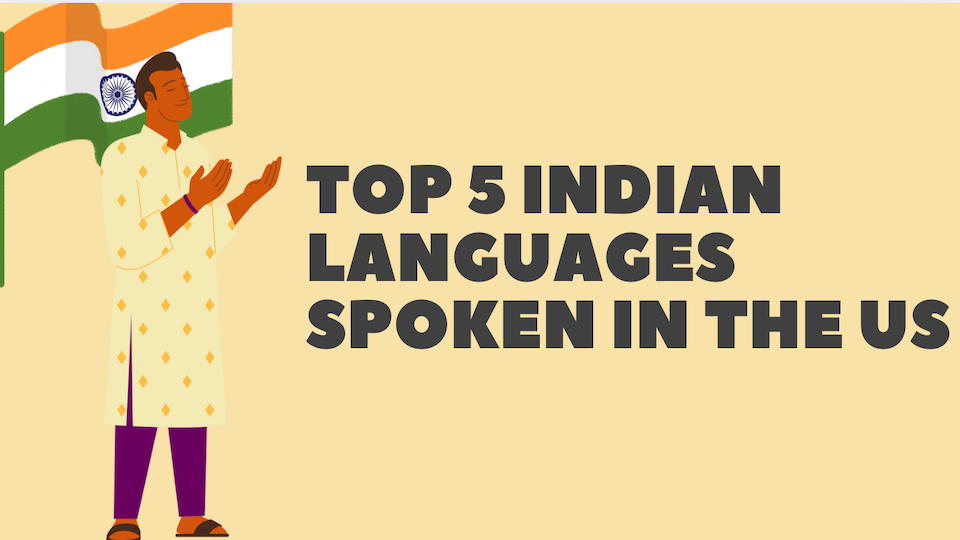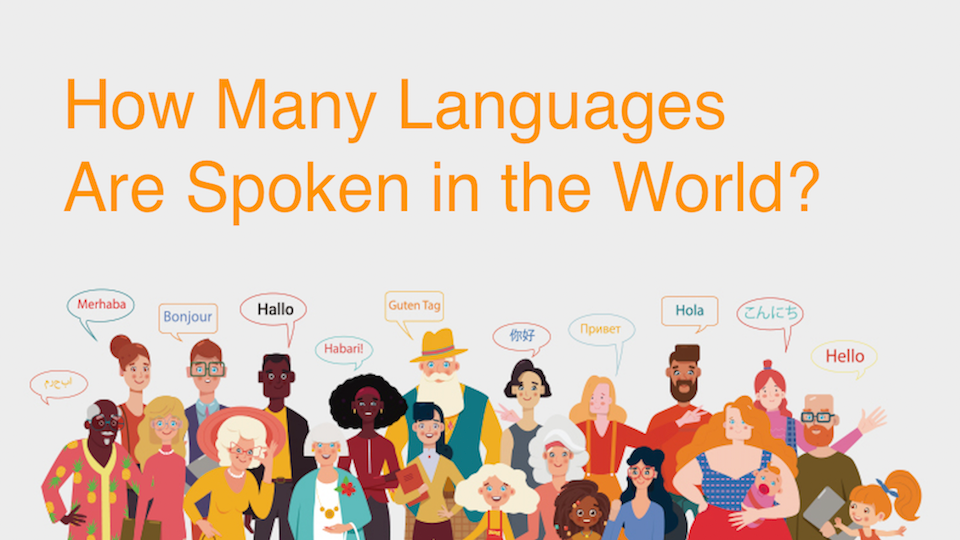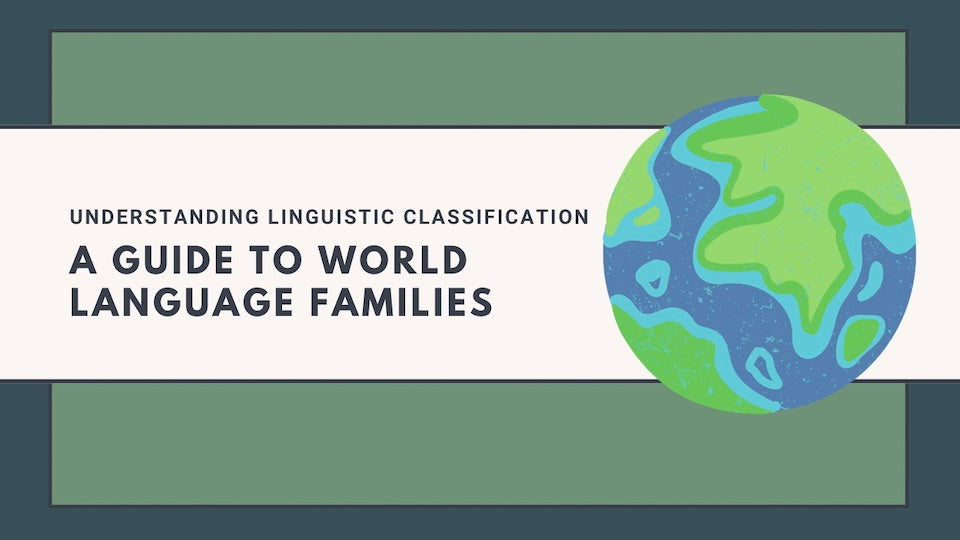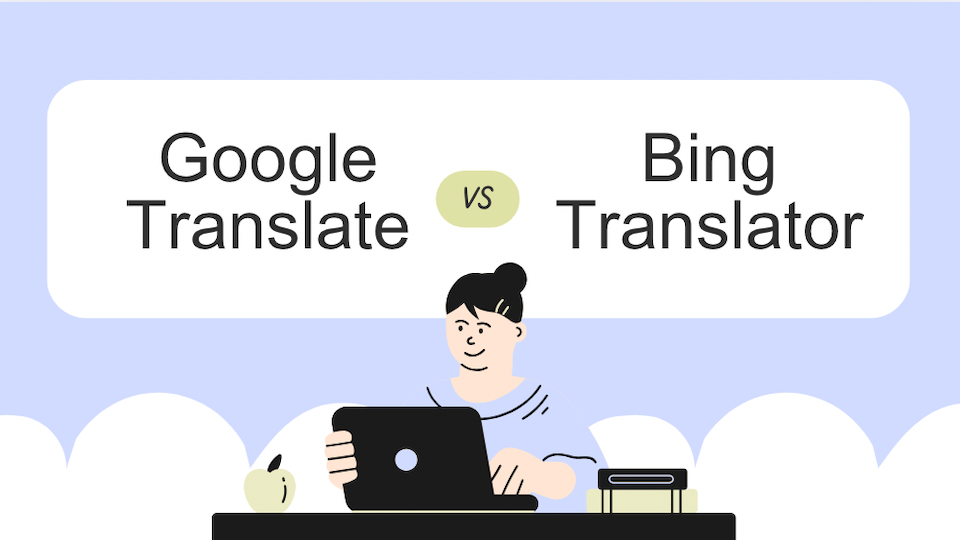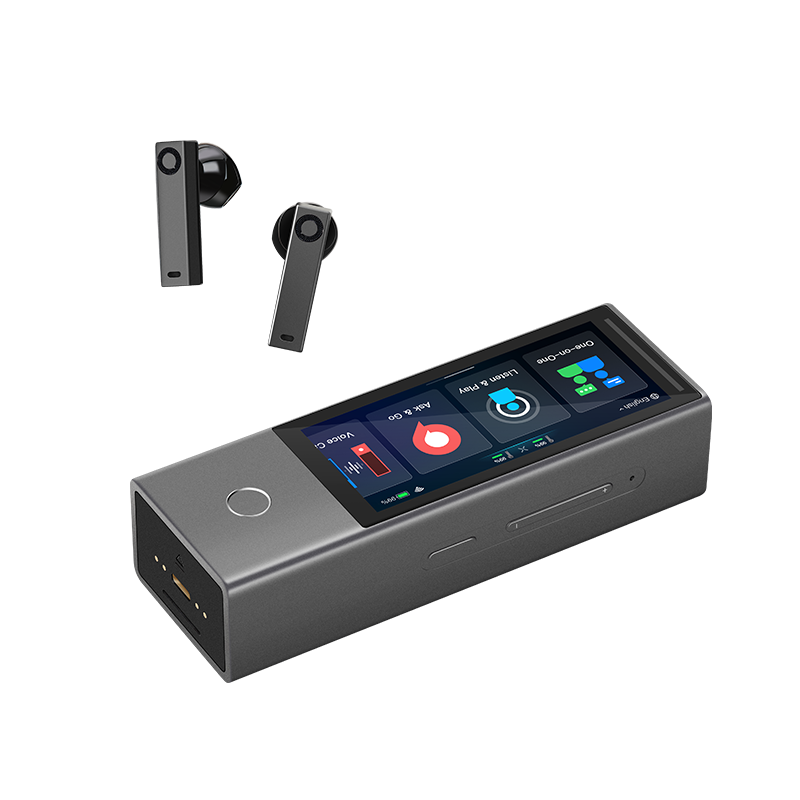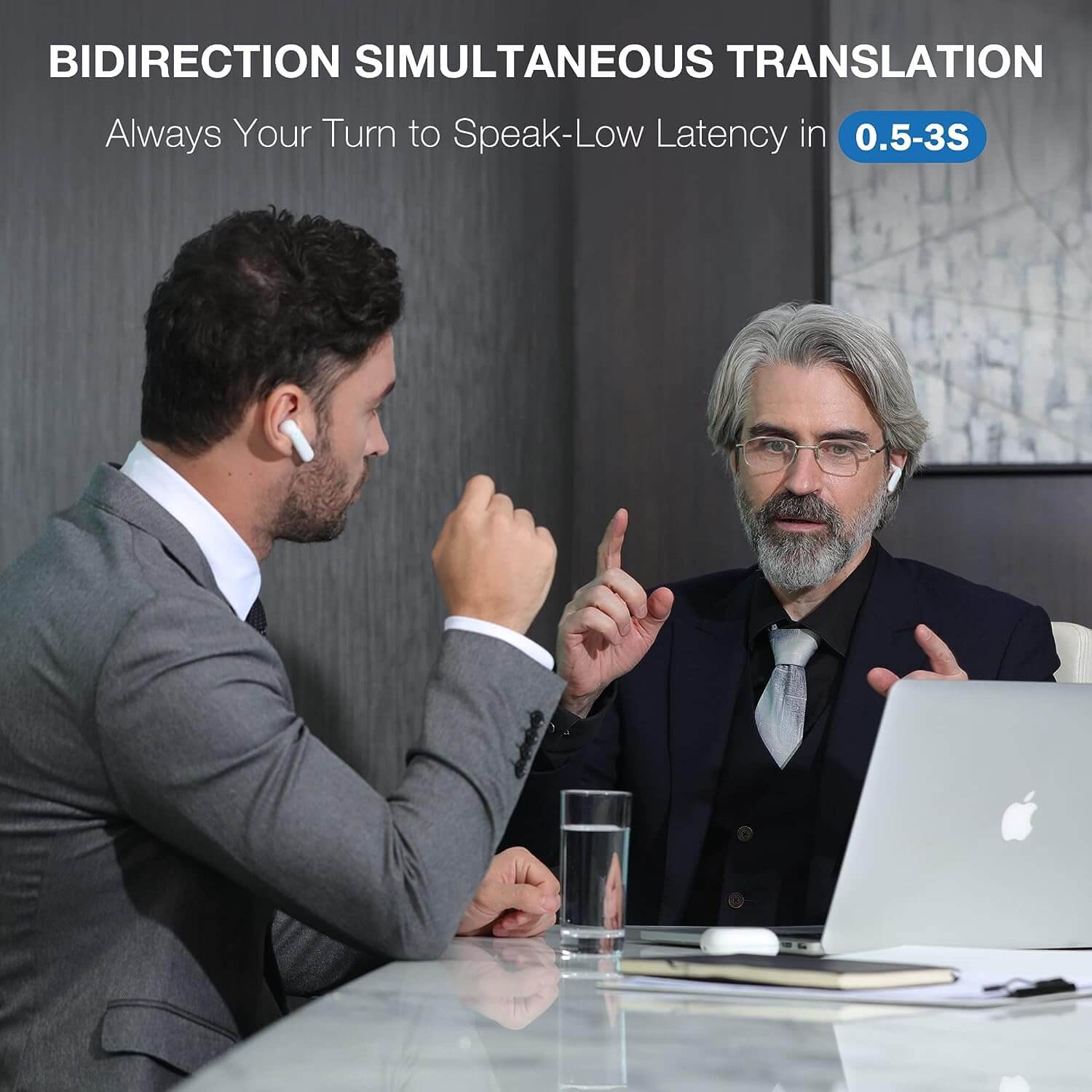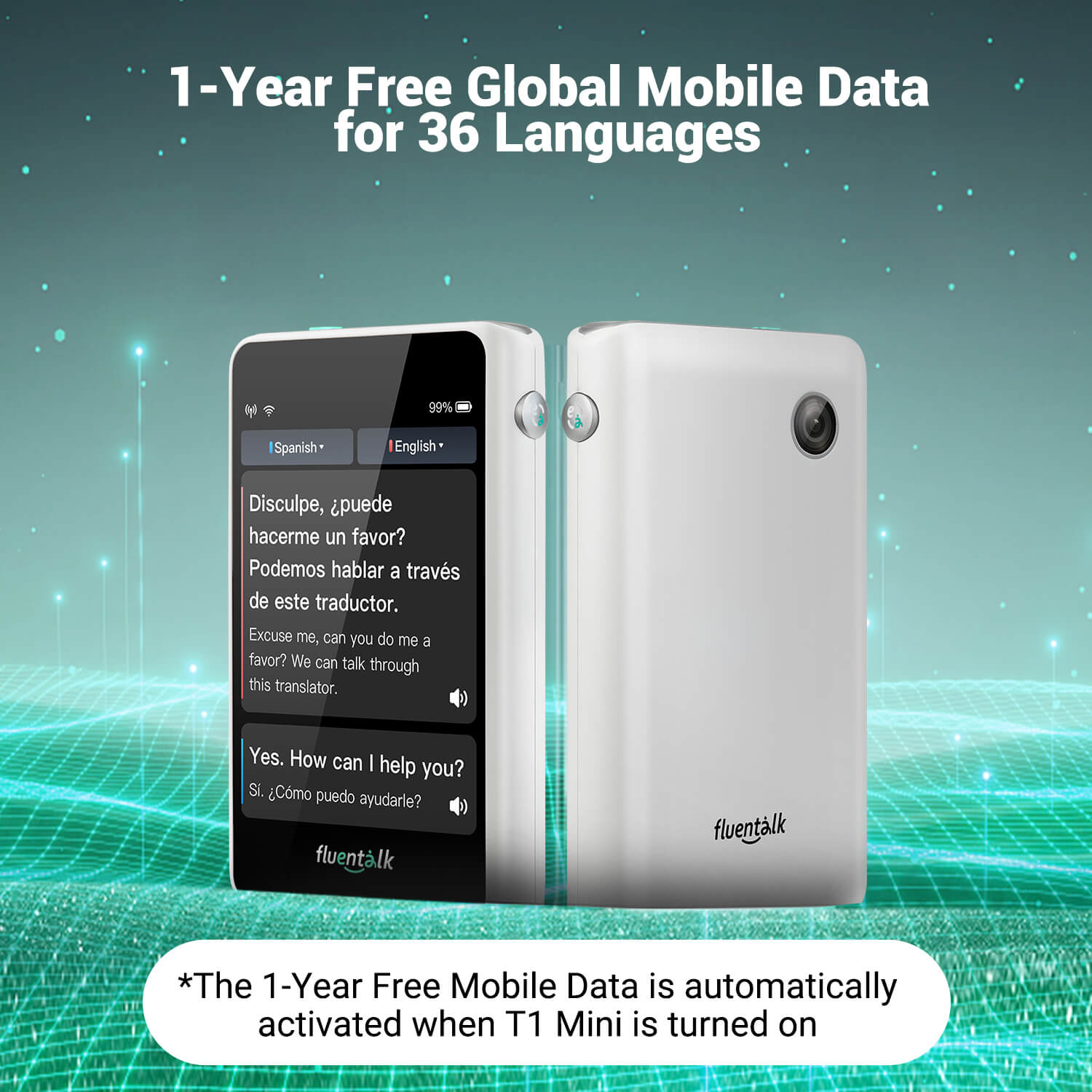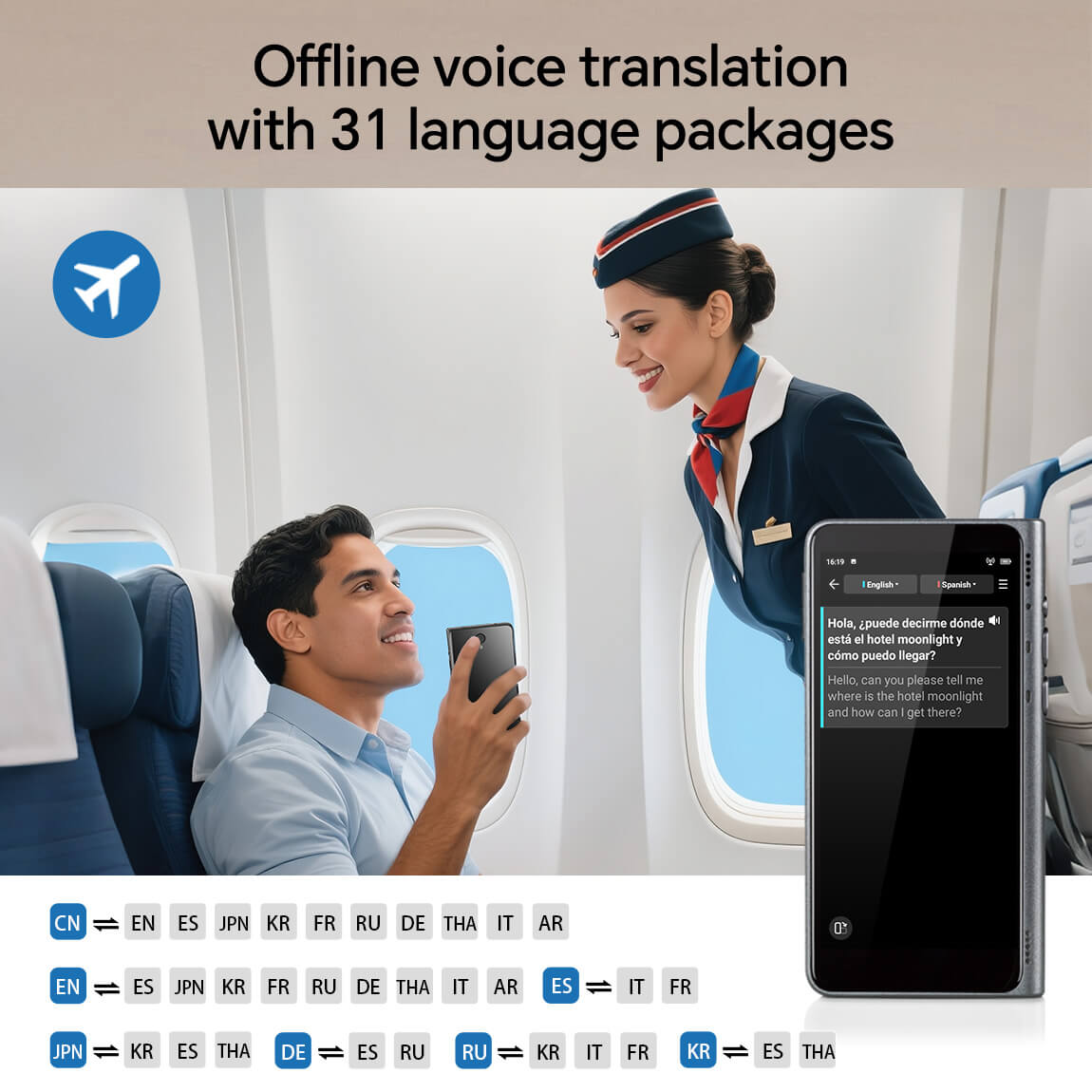
4 English-to-Arabic Translation Challenges and How to Solve Them
English to Arabic translation is more than just word for word. As two languages from different origins, structures and cultures, the translation process needs to navigate linguistic and cultural subtleties. This blog will discuss the main challenges translators face when translating English to Arabic and practical solutions to overcome them for accurate and culturally correct translations.

Challenge #1: The Alphabet and Directional Hurdles
Arabic has a completely different writing system than English which creates immediate challenges for translators. The Arabic alphabet has 28 letters many of which have no English equivalent. Sounds like the guttural "ع" ('ayn) or the emphatic "ض" (ḍād) don’t exist in English so transliteration is difficult. This phonetic gap requires translators to find creative solutions to convey sounds that are unknown to English speakers often relying on context and approximation to maintain the intended meaning.
One of the most basic differences is the direction of writing. Arabic is written from right to left while English is written from left to right. This directional difference affects not just the text itself but the entire layout of documents, websites and applications. When creating bilingual materials this bidirectional text requirement can cause formatting headaches if not properly addressed. For example the placement of navigation bars, icons and even the sequence of reading can be disrupted leading to a disjointed user experience if not managed carefully.
Solution:
Professional translators need to reformat the whole content visually. This means adjusting text alignment, moving images and sometimes rethinking design elements. Translation management systems with bidirectional text support have become a must have tool to handle these formatting issues efficiently. These systems allow for seamless integration of right to left and left to right text so the final product looks good and works well.
Challenge #2: Cultural and Dialectal Variations Across the Arabic-Speaking World
The majority of people think Arabic is one language across all Arabic speaking countries. Actually however, the written formal version of the language is Modern Standard Arabic (MSA), with local dialects varying greatly from Morocco to Iraq. These variations in dialects can impact quality of translation especially for local content. Dialect variations are so enormous that what is a word flawless in one place may be misunderstood or even offensive in another.
Egyptian Arabic is different from Gulf Arabic which differs from Levantine or Maghrebi dialects. Phrases, vocabulary and even grammatical form can differ in meaning or connotation depending on area. For example the phrase "now" is "dilwaqti" in Egyptian Arabic while "halla" in Levantine Arabic. These type of differences demand extensive awareness of local linguistic nuances in order to render translations not only accurate but also culturally suitable.
Solution:
The solution is in localization. When translating for Arabic markets you need to identify the target audience’s region and dialect. For formal documentation or content that’s pan-Arab you can go with Modern Standard Arabic. But for marketing materials, ads or content that requires emotional connection you need dialectal adaptation for specific regions. This way the message is not only understood but appreciated by the target audience and engagement and effectiveness will increase.
Challenge #3: Rethinking Language Structure and Grammar
Translating between English and Arabic requires a complete shift in thinking about language structure. Arabic grammar follows patterns that can seem alien to English speakers, with verb-subject-object ordering in many constructions compared to English's subject-verb-object pattern. This structural difference means that translators must often rearrange entire sentences to maintain the intended meaning and flow.
Arabic verbs function differently than English verbs, with a root-and-pattern system where most words derive from three-consonant roots that take different forms to express various meanings. For instance, the root "k-t-b" relates to writing, forming words like "kataba" (he wrote), "kitab" (book), and "maktaba" (library). This system has no parallel in English, requiring translators to have a deep understanding of Arabic morphology to accurately convey the nuances of the original text.
Solution:
Successful translation is all about dismantling the English sentence completely and remolding it according to Arabic sentence structures and not word for word. This requires comprehensive grammatical understanding of the languages and the ability to redo sentences without jeopardizing the original meaning. Translators typically build specialized glossaries for specific industries to get consistency in translations. These glossaries are gold, providing standardized terms that save time and ensure accuracy.
Challenge #4: Beyond Words: Transcreation vs. Translation
The most complex challenge in English to Arabic translation is that Arabic has multiple ways to express the same concept, each with different tone, formality and cultural implications. A literal translation may be technically correct but misses the cultural nuances or doesn’t resonate with the Arabic audience. This is especially true for content that is full of idioms, humor or cultural references.
This is evident in marketing materials, creative content and culturally sensitive topics. For example, idioms like “hitting the nail on the head” has no direct Arabic equivalent and needs to be completely reimagined to convey the same meaning of precision or accuracy. Similarly, cultural references that are well known in English speaking countries might be unknown or irrelevant to the Arabic audience and requires thoughtful adaptation.
Solution:
The solution is transcreation - a process that goes beyond translation to recreate content while preserving its intent, style, and emotional impact. Transcreation allows translators to adapt metaphors, cultural references, and expressions to resonate with Arabic-speaking audiences. This approach focuses on maintaining the message's effect rather than its literal meaning. By prioritizing the emotional and cultural resonance of the content, transcreation ensures that the translated material is not only understood but also appreciated by the target audience.
Effective transcreation requires translators who are not just linguistically proficient but also culturally immersed in both source and target cultures. They must understand cultural sensitivities, religious considerations, and social norms that might affect how content is received. For instance, references to alcohol, dating, or certain religious topics may need careful adaptation or omission in Arabic translations for certain markets. This cultural fluency is essential for creating content that is both respectful and engaging.
Quality Assurance in Arabic Translation
Given these complex challenges, robust quality assurance processes are essential for English-to-Arabic translations. The most effective approach combines technological tools with human expertise. This dual approach ensures that translations are not only accurate but also culturally appropriate and technically sound.
Language quality assurance should include:
- Native Arabic reviewers who can verify natural-sounding language and ensure that the translation resonates with the target audience.
- Subject matter experts who understand industry-specific terminology and can provide insights into the nuances of specialized content.
- Cultural consultants who can identify potential cultural missteps and ensure that the translation is respectful and appropriate for the target audience.
- Technical reviewers who can ensure proper formatting and display, particularly for digital content that requires bidirectional text support.
Translation management systems can help maintain consistency across large projects by storing approved translations in translation memories and maintaining terminology databases. However, these technological solutions must always be paired with human judgment to account for context and cultural nuances. By combining the strengths of technology and human expertise, organizations can achieve high-quality translations that meet the needs of their target audiences.
Internationalization is the Foundation for Success
Many translation problems can be avoided by internationalization—designing for translation. For companies going into Arabic markets, internationalization should start at content creation. By thinking of translation from the beginning, organizations can streamline the translation process and get a better end product.
Good internationalization practices include:
-
Creating content with simple sentence structures that are easy to translate and understand.
-
Avoiding cultural references that won’t translate and could cause confusion.
-
Designing for bidirectional text support so content is readable and looks good.
-
Using universal imagery that works across cultures and avoids cultural faux pas.
-
Building flexible layouts that can accommodate text expansion (Arabic translations can be up to 25% longer than the original English), so the final product is functional and looks good.
By thinking of translation from the start, organizations can save time and money and get better Arabic translations. This proactive approach not only speeds up the translation process but also gets a more accurate and culturally correct end product.
Conclusion
Translating from English to Arabic is more than just replacing words. It’s navigating the differences in alphabet, direction, cultural context, dialects, grammar and thought patterns. Translation requires linguistic expertise but also cultural fluency and technical adaptability.
By understanding these challenges and implementing the right strategies – localization, transcreation, quality assurance and internationalization – organizations can communicate with Arabic speaking audiences. The investment in quality translation pays off in market penetration, brand perception and customer engagement across the Arabic speaking world. By prioritizing cultural understanding and technical accuracy organizations can build strong relationships with their target audience and succeed in Arabic speaking markets.
FAQs About English to Arabic Translation
What should I look for in an English to Arabic translator?
Look for translators who are native Arabic speakers, have strong English skills and formal translation training. Industry expertise is useful for specialized content. If relevant, look for experience with your target Arabic dialect and verify their understanding of cultural nuances in your target market. By choosing qualified translators you will get accurate and culturally relevant translations that will have more impact.
How do I choose between Modern Standard Arabic and dialectal Arabic for my translation?
Use Modern Standard Arabic for formal documents, educational content, news and pan-Arab communications. Use dialectal Arabic for marketing materials, ads or content that requires emotional connection with specific regional audiences. Your choice depends on your target audience and content purpose. By choosing the right form of Arabic you will get accurate and engaging content.
What is the difference between translation and localization for Arabic content?
Translation is converting text from English to Arabic. Localization is adapting the content to a specific Arabic speaking region, considering cultural preferences, dialectal variations and local conventions. Localization might involve changing examples, cultural references or even imagery to resonate with local audience. This will ensure the content is not only understood but also appreciated by the target audience and have more impact.
Why machine translation fails for English to Arabic translation?
Machine translation can’t handle Arabic’s complex grammar, cultural nuances and context. It can give you gist translations but fails to capture the subtleties of expression, dialectal variations and cultural contexts. Human translators bring cultural and contextual understanding that machines don’t have yet, so translations are accurate and culturally relevant.
How do I prepare my content for Arabic translation?
Write clear and concise source content with simple sentence structures. Avoid idioms, slang and cultural references. Design with text expansion and right-to-left in mind. Provide context and reference materials to your translators, including any specific terminology you want to be maintained. By preparing your content for translation, you’ll make the translation process more efficient and better.
